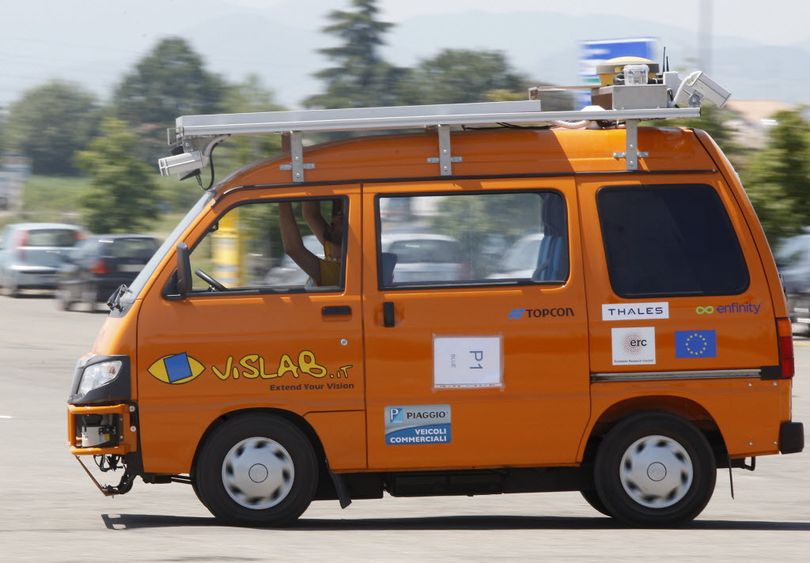The car-size arms race is over

When cars first appeared, they were called "horseless carriages" and looked just as that moniker described - a carriage designed for a horse with no horse.
In other words, nothing like how cars look now.
Now, as the era of driverless cars dawns, we face a similar transition. Surely no one will call autonomous vehicles "driverless cars," and they will very likely look very different than your sedan.
As David Levinson, a civil engineering professor at the University of Minnesota, said in a recent paper, the factors influencing how cars look now are not the same factors self-driving autos will face.
“The fleet will have greater variety, with the right size vehicle assigned to a particular job. Today there is a car-size arms race: people buy larger cars, which are perceived to be safer for the occupant, and taller cars, which allow the driver to see in front of the car immediately in front of them,” Levinson wrote. “Both of these advantages are largely obviated with autonomous vehicles. The car-size arms race ends.”
The Washington Post picked up Levinson's argument and reported it out a bit:
Self-driving cars should prove significantly safer, proponents say, meaning we won’t need such heavy vehicles to provide protection. Perhaps our vehicles will resemble golf carts, which some have already predicted are more likely than the highly-regarded Tesla to topple the heavyweights of the auto industry.
Vehicles may also be able to travel cities at lower speeds. With vehicle-to-vehicle communication and programmed intersections, self-driving cars wouldn’t have to stop at red lights. This could drastically reduce travel times, without requiring a high speed of travel.
The average vehicle today can go over 100 mph. But that power is wasted in urban areas. The average daytime speed of vehicles in Manhattan is just under 8 mph. A car with a top speed of 15 mph that never has to stop at a red light would provide a far superior way to get from A to B.
While research continues to create self-driving cars that can drive better than a human, there’s also work to figure out the size and appearance of self-driving cars.
“We don’t know what this vehicle should look like,” said Edwin Olson, a professor at the University of Michigan. “Google has built a beautiful low speed electric vehicle, but they built one. They’ve taken their best guess at how many seats it should have and how big it should be. I think it’s harder than that.”
Here's the Google vehicle Olson mentioned.

It is cute, eh?
So what do you think? What will these vehicles of the near-future look like? Like the precious Google car? Golf cart-ish? Semi-truck-y? Like a worm?
What should we call them? The un-car? The auto auto?
For what it's worth, my vote's on the Driverless Horseless Carriage.
